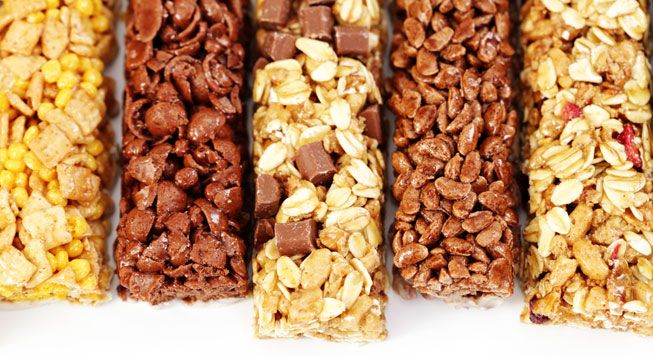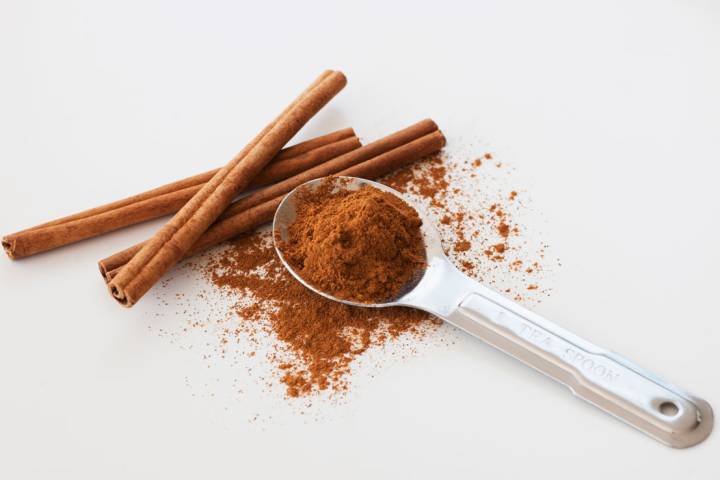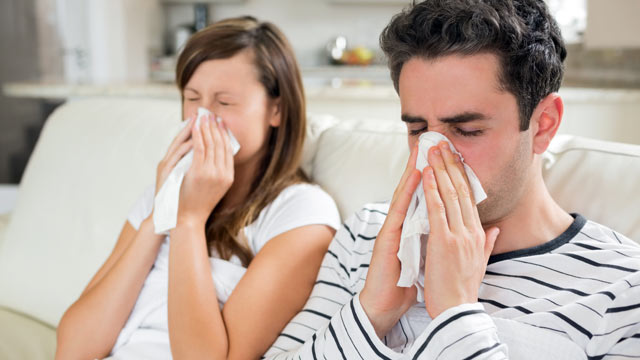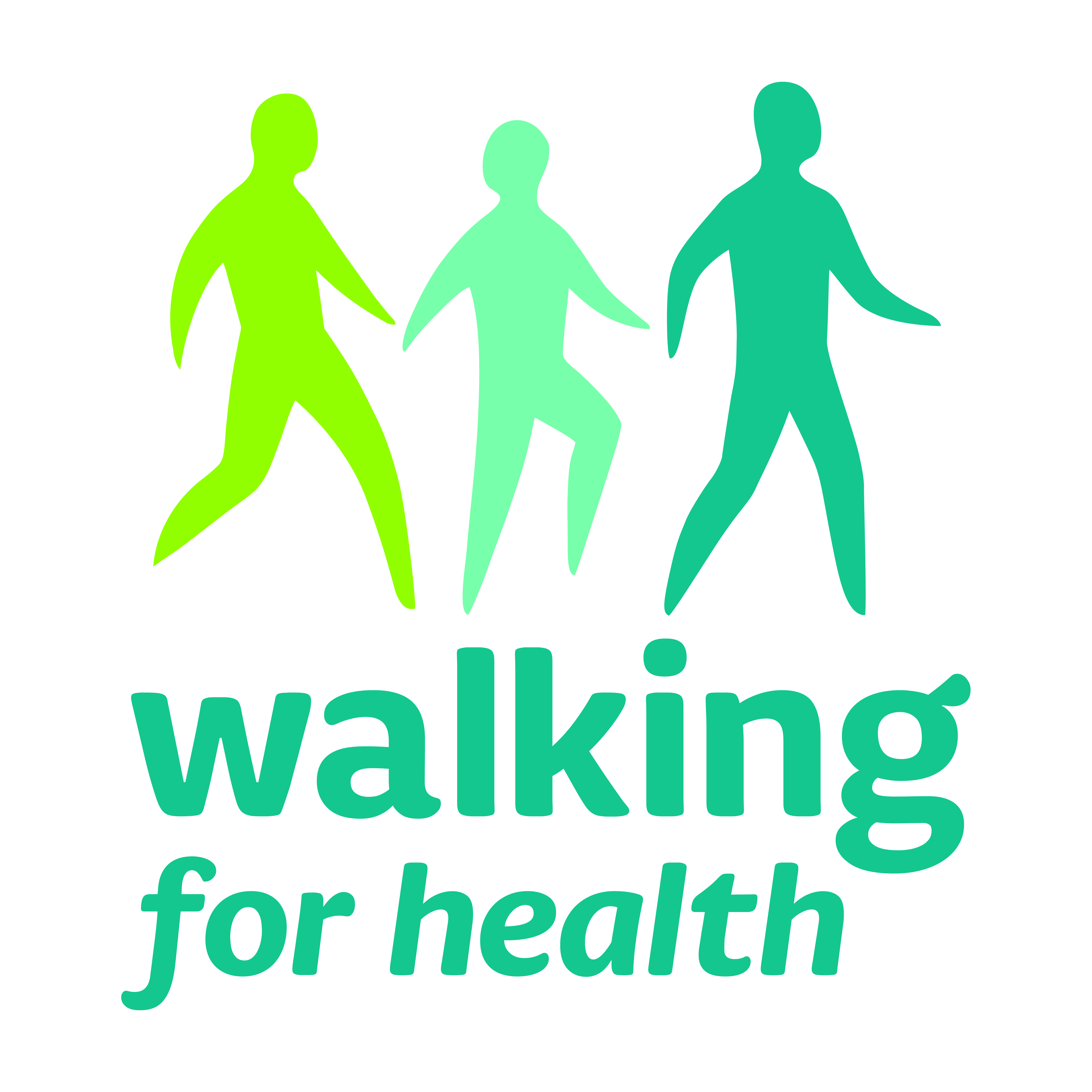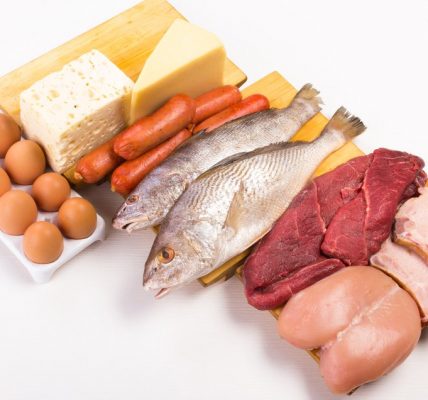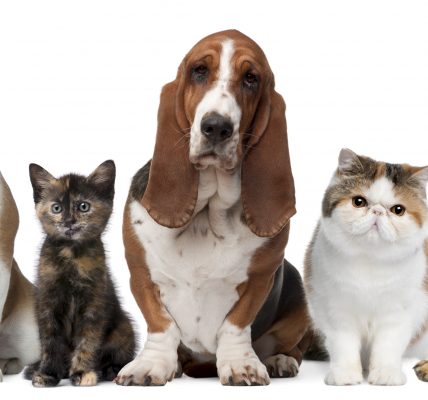Halfway through eating a “Cashew Cookie” Larabar, I was inspired to check the ingredient list. (Larabars are a brand of packaged energy bars comprised of blended natural ingredients.) Despite its unhealthy-sounding name and delicious flavor, a Larabar contained only two ingredients: dates and cashews.
Curiosity and a desire to continue eating led me to consume a second energy bar, this time a Fiber One bar. However, in addition to recognizable things like oats and chocolate chips, this one contained several food additives like soy lecithin, tricalcium phosphate, caramel color, cellulose gum, and mixed tocopherols (“to maintain freshness”).
The World Health Organization (WHO) defines food additives as substances that change food characteristics and are added to food products or animal feed during processing or storage. These substances are found in nearly all processed foods and possess little to no nutritional value. Additives can include preservatives, coloring, flavoring, and anti-infective agents. The FDA maintains a database of more than 700 additives that are generally recognized as safe (GRAS), in accordance with research supported by the Select Committee on Generally Recognized as Safe Substances (SCOGS).
With that in mind, I decided to investigate the identities and histories of a few of the elusive food additives hidden in the Fiber One bar.
Caramel Color
Color additives like caramel color are added to foods to provide a colorful identity. Caramel color is made by controlled heating of carbohydrates like glucose syrup, sucrose, and dextrose, sometimes in the presence of alkalis, acids, or salts. There are classified as I to IV depending on differences in production conditions. Although the FDA’s GRAS claims that there is no evidence in the available research that caramel color is harmful or expected to be harmful, many tests are currently being done to assess potential immunosuppressive or carcinogenic properties, as caramel color is essentially burnt sugar.
Other common food dye additives include Red #40 and Yellow #5, #6, and #10. These have the potential to cause hyperactivity in children, may be carcinogenic, or have otherwise not been adequately tested.
Cellulose Gum
Formally known as carboxymethyl cellulose, cellulose gum is a water-soluble thickener and stabilizer that gives food more texture. Cellulose gum is derived from woody plants like cotton. Since your body can’t break it down, it has been misleadingly classified as a dietary fiber, though unlike naturally-occurring dietary fiber, it is not bound to healthful substances. Cellulose gum appears on the FDA database as reasonably safe.
Xanthan Gum, another thickening agent, is the most commonly used additive for this purpose. It is formed during bacterial fermentation of carbohydrates in corn, rice, dairy, or soy, and thus far is considered safe for direct addition to food.
Soy Lecithin
Soy lecithin is an emulsifier, meaning that it helps keep oil components from separating out and making the product look unappealing. Other common emulsifiers include mono- and diglycerides. Soy lecithin is chemically derived from soybean oil mixed with hexane. Nevertheless, the FDA claims that current information about lecithin deems it safe for use at current levels, and there is no evidence found that it may be hazardous in the future.
Tricalcium Phosphate
Tricalcium phosphate is an anti-caking agent, meaning it helps prevent clumps, and is also a calcium supplement. It does not appear in the GRAS database, though studies have not associated it with harmful effects.
Tocopherols
Tocopherols are essentially vitamin E, and up to 400 mg per day is considered safe for consumption. They serve as antioxidants in food and preserve freshness. Two synthetic analogues of Vitamin E are the commonly used preservatives, BHA and BHT. Unlike tocopherols, the FDA asserts that there exist uncertainties that necessitate more testing before BHA and BHT can attain the same safety status as other additives.
Summary
Truth be told, the Fiber One bar was more visually appealing, though both bars were tasty in their own right. The Fiber One bar did however contain more than just the additives described above, and the sheer number of ingredients has left me questioning. While many additives are recognized as reasonably safe, the fact that substances like caramel color are still being tested for potential harmfulness is reason enough to stay away from them whenever possible. There isn’t enough information out there to support the consumption of such additives in excess. Especially with alternative packaged foods on the market that don’t contain any or as many additives, like the two-ingredient Larabar, it is possible to avoid additives. The future of these substances is unknown, so taking precautions now seems to be the healthiest life choice.
Citations
- ADHD diet: Do food additives cause hyperactivity? from Mayo Clinic by Mayo Foundation for Medical Education and Research <http://www.mayoclinic.com/health/adhd/AN01721>
- DIET AND NUTRITION: The Artificial Food Dye Blues from PubMed Health by the National Center for Biotechnology Information and the US National Library of Medicine <http://www.ncbi.nlm.nih.gov/pmc/articles/PMC2957945/>
- Food additives from MedlinePlus by the National Institutes of Health <http://www.nlm.nih.gov/medlineplus/ency/article/002435.htm>
- Food additives from the World Health Organization <http://www.who.int/topics/food_additives/en/>
- Food Additives – Are they Safe? from the Cooperative Extension of the College of Agriculture & Life Sciences of the University of Arizona <http://ag.arizona.edu/pubs/health/foodsafety/az1082.html>
- GRAS Substances (SCOGS) Database from the US Food and Drug Administration by the US Department of Health and Human Services <http://www.fda.gov/Food/IngredientsPackagingLabeling/GRAS/SCOGS/default.htm>
Article by Amelia Jones
Feature Image Source: Mother Nature Network
